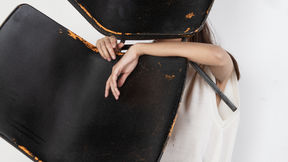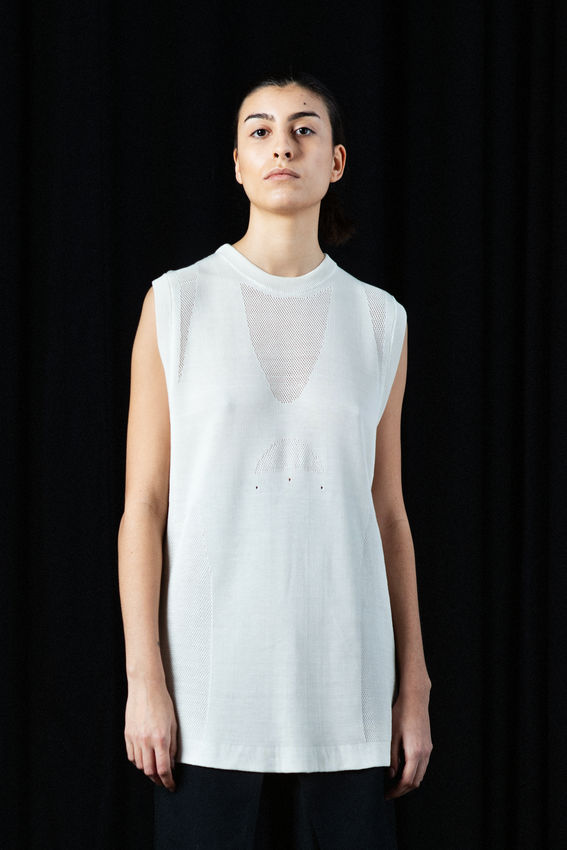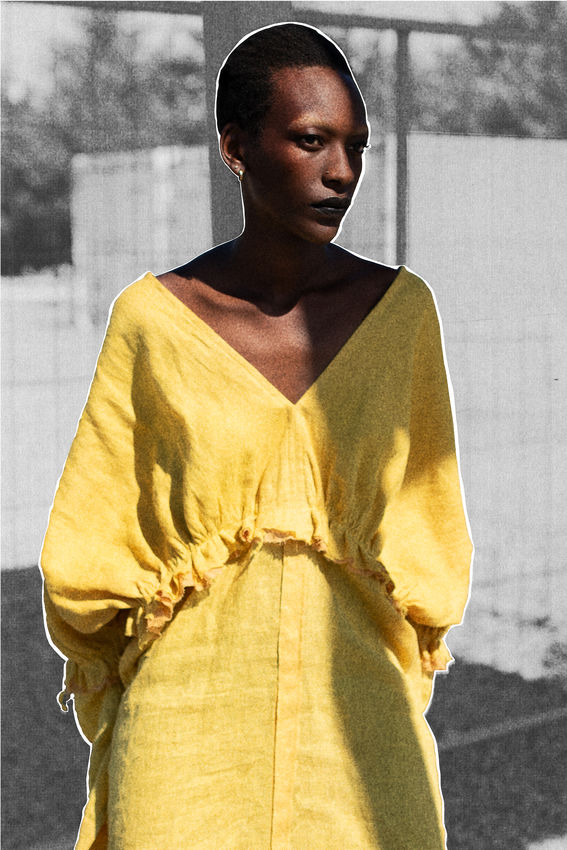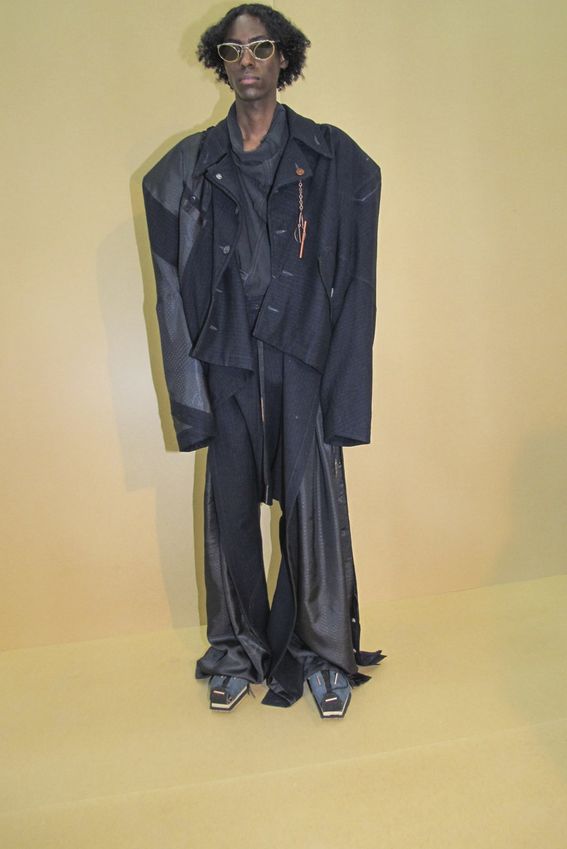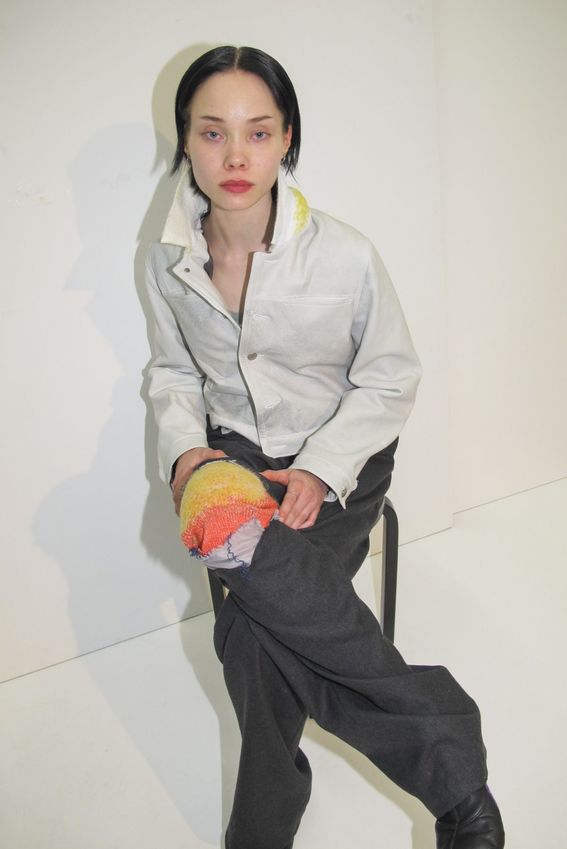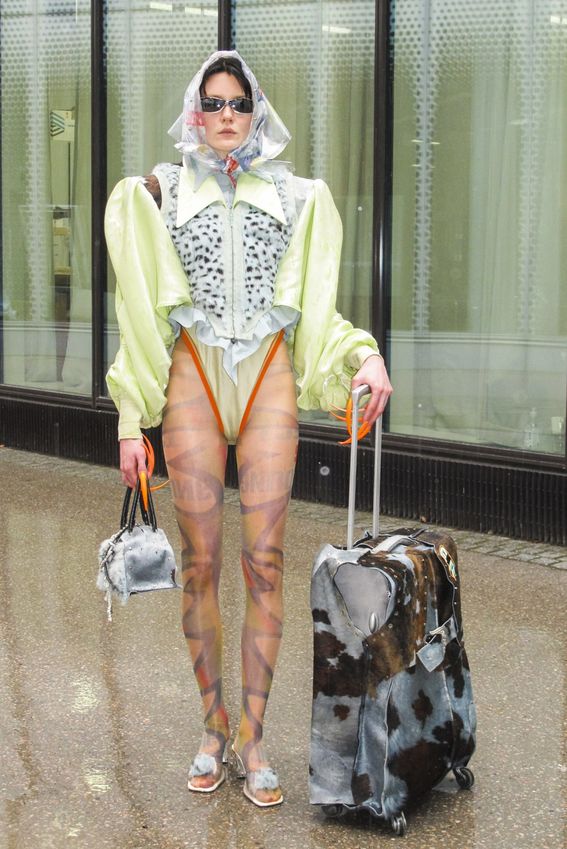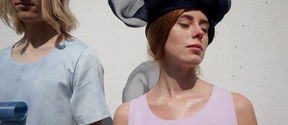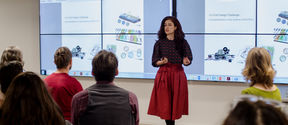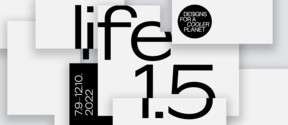With the current hype around circular economy, everything related to recycling is considered positive – but this is only a part of the circular story.
The increasing likelihood of average global temperatures reaching 1.5 degrees Celcius above pre-industrial levels means the urgency in responses from researchers, designers and consumers is critical. We need to create a new understanding in design, promoting a sustainable system-level transformation across the fashion and textile fields.
In the future, the most fashionable and climate friendly garments could emerge from the up-cycling old garments - such as discarded workwear - and recycling textile waste - such as used hand towels - into new fibres. Ecologically sound colourants such as onion skins or willow bark could be sourced from agricultural side streams.
Sustainable system-level transformation in the fashion and textile fields can be achieved through solid scientific research, the sharing of knowledge, brave experiments and examples of how we we can better design, manufacture, use, and recycle textiles and garments. That's why we have created the "Prototypes of the future 2030" concept.
Some circular economy strategies are more effective in reducing the environmental load that others. Better Balance showcases clothing designed by Aalto students with a focus on slow fashion and slow consumption.
The exhibition and webinar show how to apply the most effective strategies and business models in practice and reminds the audience that reducing consumption is still key.
Curated by Associate Professor Kirsi Niinimäki.
> Read more about sustainable global textile solutions, FINIX
> Read more about the Webinar and Register







